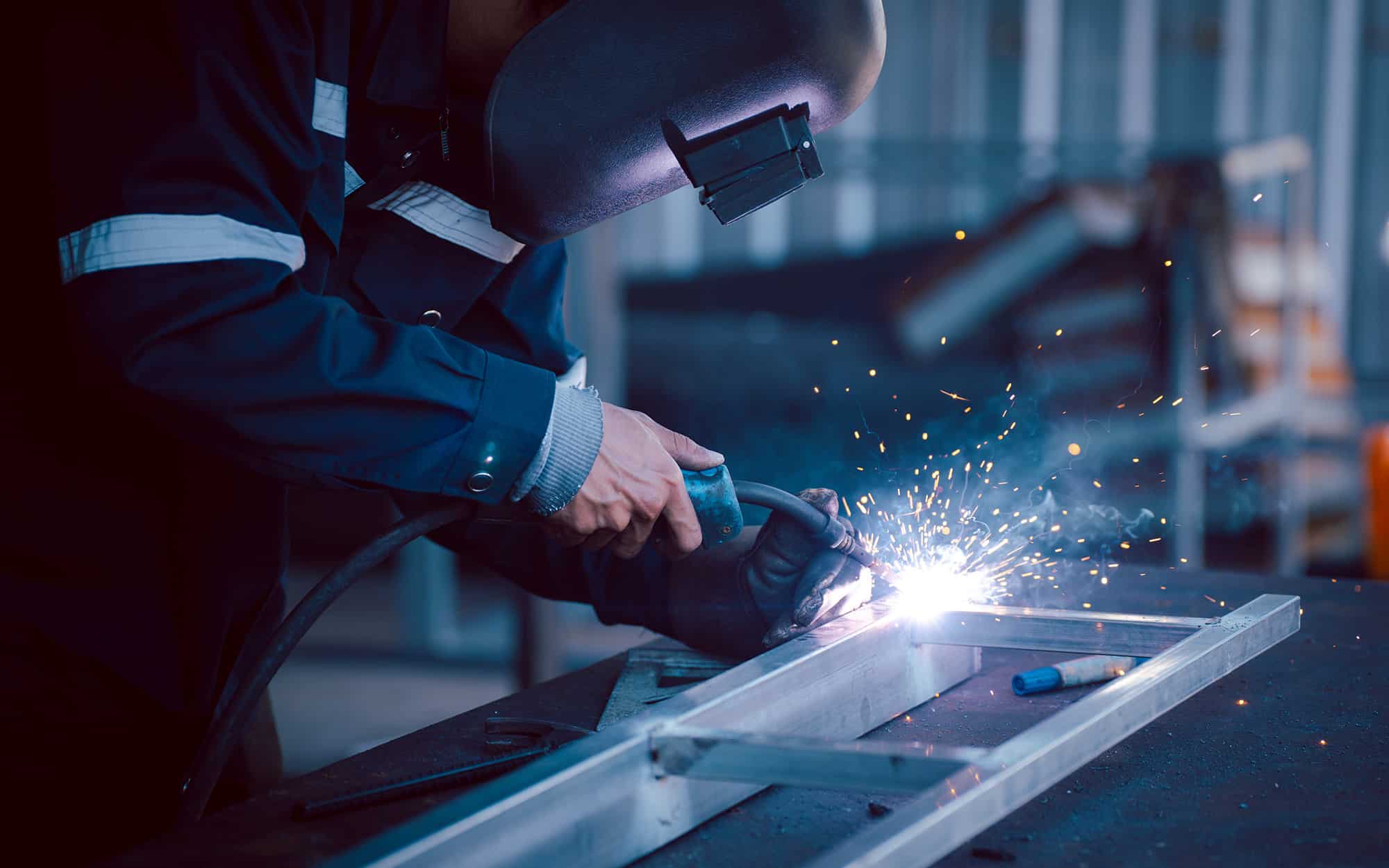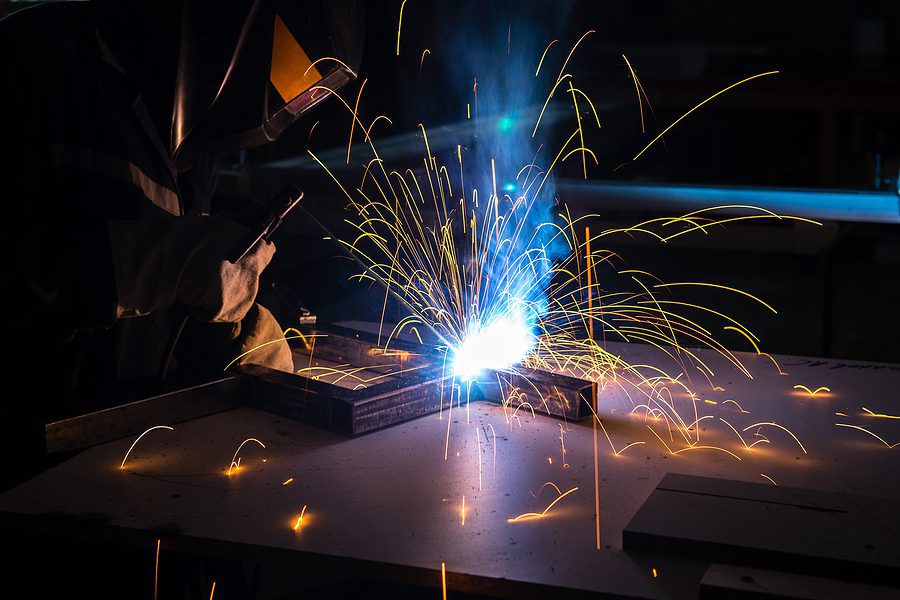Top 5 weld defects tackled by Belgrade Welding experts
Wiki Article
Common Welding Fixing Issues and Just How to Address Them Successfully
Welding repair work usually run into a series of concerns that can threaten the integrity of the end product. Typical troubles consist of insufficient infiltration, porosity, and imbalance, to name a few. Each issue offers special difficulties that require specific techniques for resolution. Comprehending these problems is vital for welders intending to enhance their end results and skills. This discussion will discover these typical welding repair work issues and effective techniques to resolve them.Inadequate Infiltration
Inadequate infiltration takes place when the weld steel fails to totally fuse with the base product, leading to weak joints and possible structural failures. This problem typically comes from not enough heat input, incorrect electrode angle, or inappropriate welding rate. Welders may run into poor infiltration because of a mistake of the essential criteria for a details product density or kind. In addition, contamination on the base product's surface area can prevent reliable bonding, intensifying the problem. To resolve inadequate infiltration, welders should assure proper settings on their equipment and preserve a clean work surface area. Normal examination of welds is recommended to recognize any kind of deficiencies early, enabling for prompt adjustments and the avoidance of compromised structural honesty in welded assemblies.Porosity
Porosity is a common defect in bonded joints that shows up as small gas bubbles caught within the weld steel. This defect can jeopardize the integrity of the weld, bring about reduced toughness and potential failing under stress and anxiety. Montana Mobile Welding and Repair Belgrade Welding. Porosity typically emerges from contamination, wetness, or inappropriate welding techniques, which allow gases to leave right into the molten weld pool. To resolve porosity, welders must ensure appropriate surface preparation, keep a tidy functioning setting, and utilize ideal welding criteria. In addition, picking the appropriate filler product and shielding gas can alleviate gas entrapment. Routine inspection and testing of welds can help identify porosity early, guaranteeing timely rehabilitative activities are taken, consequently preserving the quality and dependability of the welded structureMisalignment
Misalignment in welding can arise from numerous factors, including incorrect configuration and thermal expansion. Comprehending the source is essential for effective resolution. Numerous adjustment techniques are readily available to straighten parts and ensure structural honesty.Reasons for Imbalance
Welding imbalance often originates from a selection of underlying concerns that can endanger architectural integrity. One main cause is improper fit-up of elements before welding, which can lead to gaps and unequal surface areas. Variations in thermal expansion throughout the welding procedure can additionally result in distortion, especially if the products being joined have different coefficients of growth. Additionally, poor fixturing and securing might fall short to hold elements securely in place, resulting in movement during welding. Improperly kept equipment, including welding devices and tools, may present variances in the weld grain, additional adding to imbalance. Driver error, stemming from insufficient training or experience, can additionally play a significant duty in developing misaligned welds.
Modification Techniques Readily Available
Dealing with imbalance properly requires a mix of restorative strategies tailored to the particular concerns handy. One common approach is the usage of components or jigs to hold parts in the appropriate setting during welding, guaranteeing constant placement. In addition, preheating the products can help in reducing distortion and improve fit-up. For significant misalignment, mechanical adjustment strategies, such as making use of hydraulic jacks or clamps, can be employed to correct the position before welding. Post-weld warmth therapy might also be required to soothe stresses caused by imbalance. Lastly, careful inspection and adjustment throughout the configuration phase can protect against imbalance problems from becoming substantial problems, advertising a smoother welding process and improving general architectural integrity.Distortion
Distortion is a typical challenge in welding that can develop from different aspects, including irregular home heating and cooling. Recognizing the root causes of distortion is essential for implementing effective avoidance techniques. Resolving this concern not only boosts structural integrity but likewise enhances the total quality of the weld.Reasons for Distortion
When based on the extreme heat of welding, materials typically undertake changes that can result in distortion. This sensation mainly arises from thermal growth and tightening throughout the welding procedure. As the weld area warms up, the material expands; upon air conditioning, it gets, which can develop inner anxieties. On top of that, unequal heating across a work surface can exacerbate these tensions, causing warping or bending. The kind of material also plays a substantial role; metals with differing thermal conductivity and coefficients of development may react in a different way, bring about uncertain distortions. Additionally, inadequate joint style and insufficient fixturing can add to imbalance throughout welding, raising the probability of distortion. Comprehending these reasons is crucial for efficient welding fixing and prevention methods.Avoidance Techniques
Efficient avoidance techniques for distortion throughout welding emphasis on controlling warm input and making certain correct joint layout. Preserving a regular heat input assists to lessen thermal growth and contraction, which can result in distortion. Utilizing methods such as preheating the work surface can likewise reduce the temperature gradient, advertising consistent heating. In addition, picking ideal joint styles, such as T-joints or lap joints, can enhance security and lower stress focus. Carrying out correct fixturing to secure the workpieces in position further help in preserving alignment during the welding procedure. Lastly, staggered welding sequences can disperse warm extra equally, avoiding local distortion. By using these strategies, welders can greatly reduce the possibility of distortion and boost the general high quality of their welds.Cracking
Cracking is an usual issue run into in welding repair work, frequently arising from numerous factors such as incorrect cooling prices, product selection, or poor joint preparation. The incident of splits can considerably compromise the stability of the weld, resulting in prospective failures during operation. To resolve this concern, welders have to initially analyze the origin, ensuring that products are compatible and properly selected for the certain application. Furthermore, managing the cooling price throughout the welding process is necessary; quick cooling can cause tension and bring about cracking. Correct joint design and preparation additionally add to reducing the danger. Applying these methods can enhance weld quality and durability, inevitably decreasing the possibility of breaking in ended up weldments.
Incomplete Fusion
A considerable problem in welding repair work is insufficient fusion, which happens when the weld steel does not properly bond with the base product or previous weld passes - Welding. This issue can bring about weak points in the joint, potentially jeopardizing the stability of the welded framework. Elements contributing to incomplete combination include inadequate heat input, incorrect welding method, and contamination of the surfaces being signed up with. To address this problem successfully, welders should guarantee appropriate pre-weld cleansing and surface preparation, along with readjust their welding criteria to achieve appropriate infiltration and combination. Routine evaluation during the welding process can likewise assist recognize incomplete combination early, enabling for prompt corrective steps to enhance the general high quality of the weldOverheating
While welding fixings can boost structural stability, overheating offers a substantial difficulty that can bring about material destruction. Extreme warmth throughout welding can change the mechanical homes of metals, resulting in lowered strength, raised brittleness, and warping. This phenomenon is especially important in high-stress applications where architectural reliability is paramount. Identifying getting too hot can entail aesthetic evaluations for discoloration or distortion, as well as keeping an eye on temperature throughout the welding check here process. To minimize the risks connected with overheating, welders need to employ suitable methods, such as managing warmth input, readjusting travel rate, and using appropriate filler products. Additionally, carrying out pre- and post-weld warm treatments can aid restore material residential or commercial properties and improve the general top quality of the fixing, making sure long-lasting efficiency and security.Often Asked Questions
What Are the Common Indicators of a Welding Flaw?

How Can I Examine My Welds for Top quality?
To check welds for high quality, one can utilize aesthetic evaluations, ultrasonic testing, and radiographic methods. Each method guarantees architectural integrity, determines issues, and verifies adherence to defined standards, eventually boosting the reliability of the welded joints.What Safety Preventative Measures Should I Take While Welding?
When welding, one ought to prioritize safety by putting on ideal personal safety tools, making certain appropriate ventilation, securing combustible products away, preserving a tidy workspace, and being aware of surroundings to prevent injuries and accidents.Can I Fix a Weld Without Redesigning the Entire Joint?
Fixing a weld without renovating the entire joint is possible, depending upon the damages (Montana Mobile Welding and Repair Fabrication). Methods such as grinding, including filler product, or utilizing a welding procedure can properly attend to details imperfections while protecting the bordering frameworkWhat Equipment Are Important for Reliable Welding Repairs?
Vital devices for effective welding repair services consist of a welding maker, wire brush, mill, safety gear, clamps, and filler products. Each device plays a crucial function in making certain quality and safety during the repair service procedure. Porosity typically arises from contamination, wetness, or improper welding strategies, which enable gases to get away into the molten weld pool. Badly kept equipment, consisting of welding devices and tools, may present disparities in the weld grain, additional adding to imbalance. When subjected to the intense warmth of welding, products typically undergo modifications that can lead to distortion. Fracturing is a typical concern come across in welding repair work, usually resulting from different factors such as incorrect cooling prices, product choice, or insufficient joint preparation. A significant concern in welding repair services is incomplete blend, which occurs when the weld metal does not appropriately bond with the base material or previous weld passes.Report this wiki page